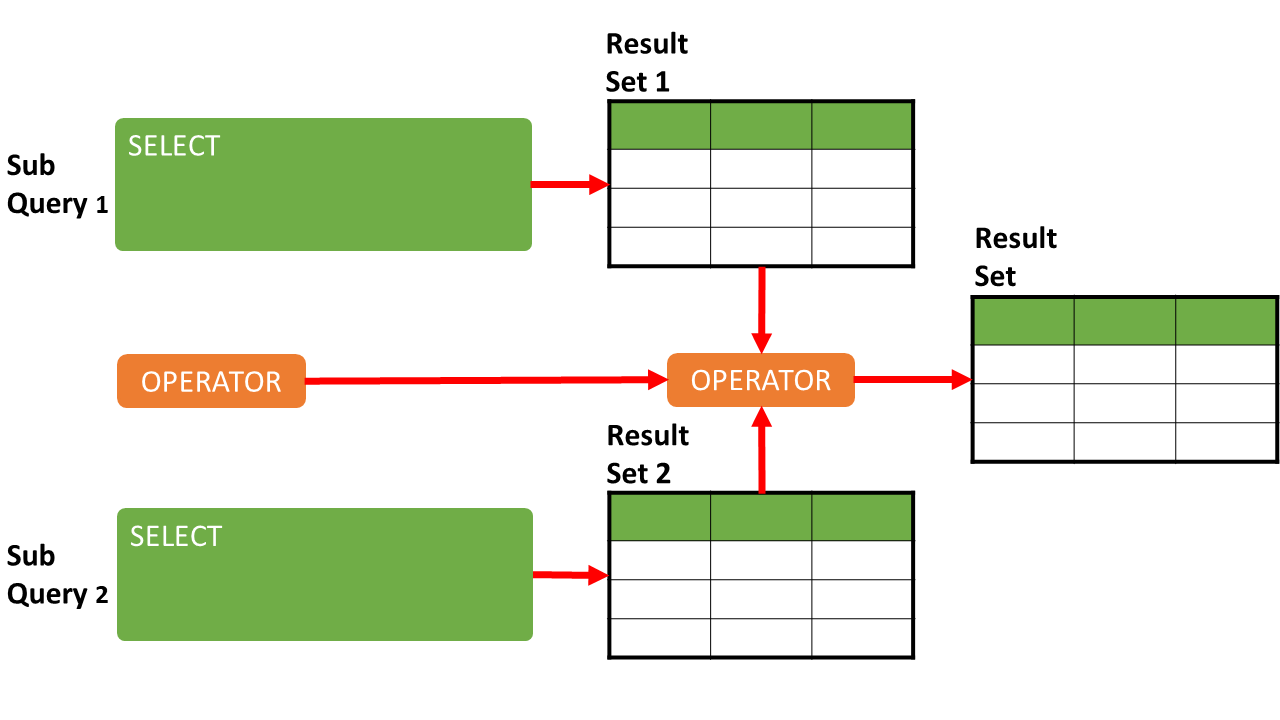100 Days of Hobby

Today marks the 100th day of me doing my hobbystreak and I thought it would be fun to spend my hobbystreak time today to reflect on what I've done over the past 100 days to see what I've achieved. As a quick recap of my hobbystreak, the concept is pretty straightforward: spend at least 30 minutes a day on my hobby and tweet about it. The idea being that it would help me focus to complete some the projects that I have always wanted to do but never "made the time for". Over the past 100 days I have: Written a blog post about me starting my hobbystreak, what it is and how it was going to work: https://codebuildrepeat.blogspot.com/2020/04/my-hobbystreak.html Written a blog post about the resources I used on Pluralsight to help me study for the MS 70-762 Developing SQL Databases exam: https://codebuildrepeat.blogspot.com/2020/04/pluralsight-playlist-for-ms-70-762.html Created an infographic explaining what data science is. A copy of the final infographic can




